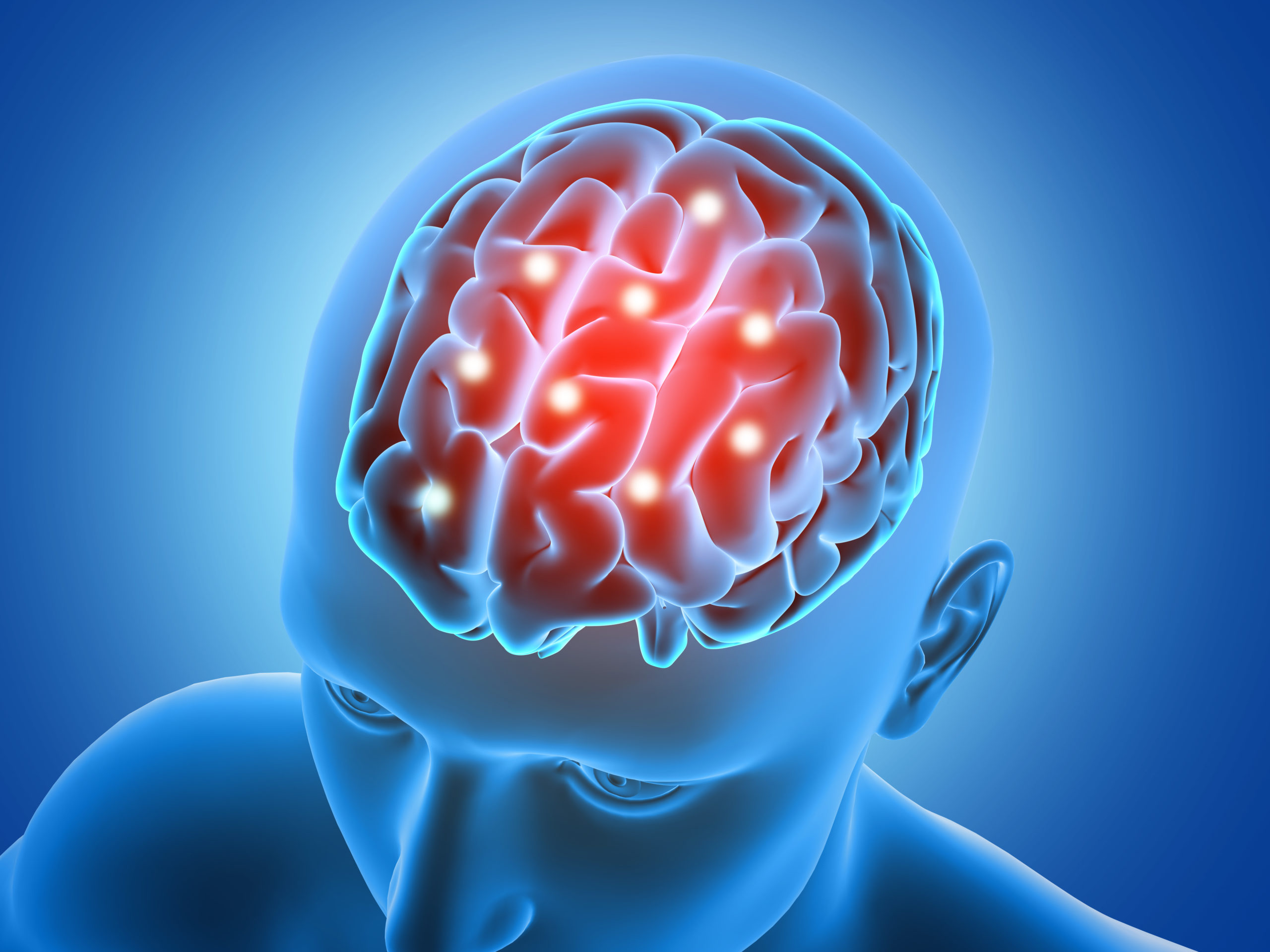Traumatic brain injuries TBIs pose a significant challenge in both diagnosis and treatment, often resulting in long-term cognitive impairments that can profoundly impact individuals’ lives. However, a groundbreaking development in the medical field promises to revolutionize the assessment and management of TBIs. This transformative tool comes in the form of a novel cognitive assessment technology, which holds the potential to significantly enhance diagnostic accuracy and ultimately improve patient outcomes. Traditional methods of diagnosing TBIs have often relied on subjective evaluations and rudimentary cognitive tests, which may fail to capture the full extent of an individual’s impairments. This limitation has led to misdiagnoses, delayed treatments, and suboptimal outcomes for patients. In contrast, the new cognitive assessment tool leverages cutting-edge advancements in neuroscience and digital technology to provide a more comprehensive and precise evaluation of brain functions following a traumatic injury. At the heart of this innovative tool is its ability to assess multiple cognitive domains simultaneously, offering clinicians a holistic view of the patient’s cognitive status.

By utilizing a combination of standardized tests, advanced imaging techniques, and machine learning algorithms, the tool can detect subtle changes in cognition that may otherwise go unnoticed. This level of sensitivity is crucial for accurately diagnosing TBIs, especially in cases where symptoms may be subtle or overlapping with other conditions. Moreover, the cognitive assessment tool is designed to adapt to the individual needs of each patient, allowing for personalized evaluations tailored to their specific injury profile and functional deficits. This customization ensures that clinicians can target interventions more effectively, optimizing the rehabilitation process and maximizing the chances of recovery. Additionally, the tool’s digital nature enables remote monitoring of patients’ cognitive progress, facilitating ongoing assessment and adjustment of treatment plans as needed. One of the most significant advantages of this new technology is its potential to streamline the diagnostic process for TBIs, reducing the time and resources required for evaluation. By automating aspects of cognitive assessment and analysis, clinicians can make faster and more accurate diagnoses, enabling prompt initiation of appropriate interventions.
This timely intervention is critical for minimizing the long-term consequences of TBIs and improving overall patient outcomes. Furthermore, the cognitive assessment tool has the potential to drive advancements in ocat medical assessments for tbi research and treatment development. By generating large datasets of cognitive performance metrics from diverse patient populations, researchers can gain valuable insights into the underlying mechanisms of TBI and identify novel therapeutic targets. This, in turn, may lead to the development of more effective treatments and interventions aimed at restoring cognitive function and enhancing recovery outcomes for individuals with TBIs. In conclusion, the emergence of this new cognitive assessment tool represents a significant milestone in the field of traumatic brain injury diagnosis and management. By providing clinicians with a more comprehensive, sensitive, and personalized approach to cognitive assessment, this technology has the potential to transform the way TBIs are diagnosed, treated, and monitored. With its ability to improve diagnostic accuracy, streamline the evaluation process, and drive advancements in research and treatment, the cognitive assessment tool holds great promise for enhancing outcomes and quality of life for individuals affected by traumatic brain injuries.